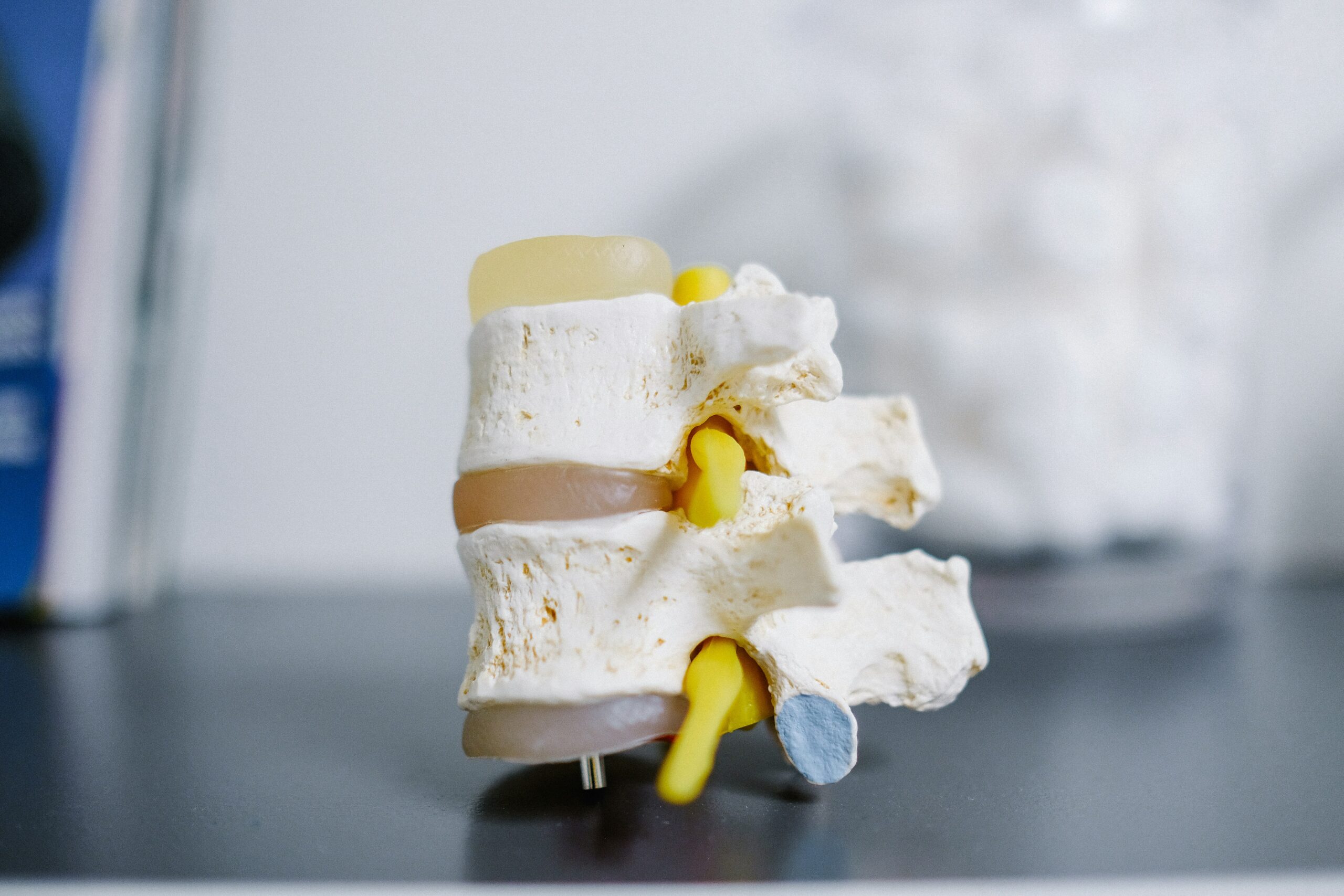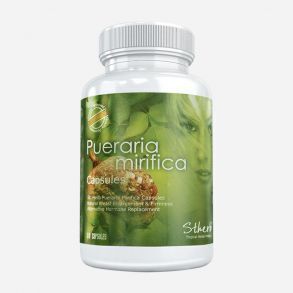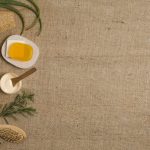Posted in Wellness | By Yasmin S.

Menopause brings a significant drop in estrogen levels, which can lead to a loss in bone density and a higher risk of osteoporosis. As many women seek natural alternatives to hormone replacement therapy (HRT), one traditional Thai herb, Pueraria mirifica, is gaining attention for its phytoestrogen content. But can it really help protect bones?
What Is Pueraria Mirifica?
Pueraria mirifica, also known as “White Kwao Krua,” is a plant native to Thailand. It has been traditionally used for rejuvenation and hormonal balance. The plant contains potent phytoestrogens—plant-based compounds that mimic estrogen in the body—especially miroestrol and deoxymiroestrol, which are more powerful than soy isoflavones.
How Estrogen Affects Bone Health
Estrogen plays a key role in maintaining bone density by slowing bone resorption (the process where bone is broken down). When estrogen levels decline during menopause, bone breakdown accelerates, increasing the risk of fractures and osteoporosis.
What the Science Says
Emerging studies suggest that the phytoestrogens in Pueraria mirifica may help mitigate bone loss:
- A 2011 animal study found that ovariectomized rats (used to simulate menopause) treated with Pueraria mirifica showed significantly increased bone mineral density (BMD) compared to untreated rats (Urasopon et al., 2011).
- Another study from 2018 observed that supplementation with Pueraria mirifica led to bone-preserving effects without the risks typically associated with synthetic estrogen (Manonai et al., 2018).
While human trials are still limited, early evidence is promising and suggests that the herb may support bone strength in postmenopausal women.
Is It Safe?
Compared to synthetic hormones, Pueraria mirifica appears to have fewer side effects. However, long-term safety data is still being collected. Women with estrogen-sensitive conditions should consult a healthcare provider before use.
Pueraria mirifica shows great potential as a natural ally in maintaining bone health during menopause. With its strong phytoestrogens and history of traditional use, it may serve as a gentler alternative to HRT. As research expands, this Thai root could become an essential tool in supporting postmenopausal well-being.
Visit us at: https://puerariamirifica.com/product-category/products/
References
Manonai, J., Chittacharoen, A., Udomsubpayakul, U., & Theppisai, U. (2018). Effects of Pueraria mirifica on vaginal health and bone mineral density in healthy postmenopausal women. Menopause, 25(6), 681–686. https://doi.org/10.1097/GME.0000000000001093
Urasopon, N., Hamada, Y., Kangawa, Y., Kitani, K., & Cherdshewasart, W. (2011). Comparative effects of Pueraria mirifica, hormone replacement therapy and soy isoflavones on bone characteristics in ovariectomized rats. Journal of Reproduction and Development, 57(3), 347–354. https://doi.org/10.1262/jrd.10-135M








